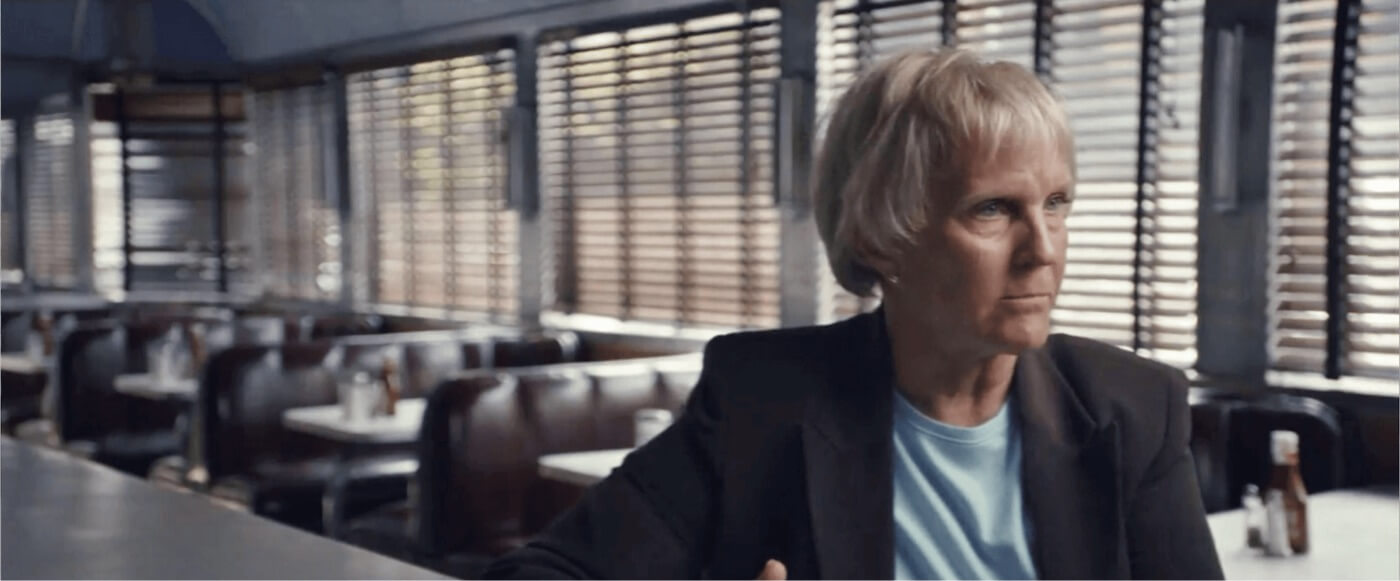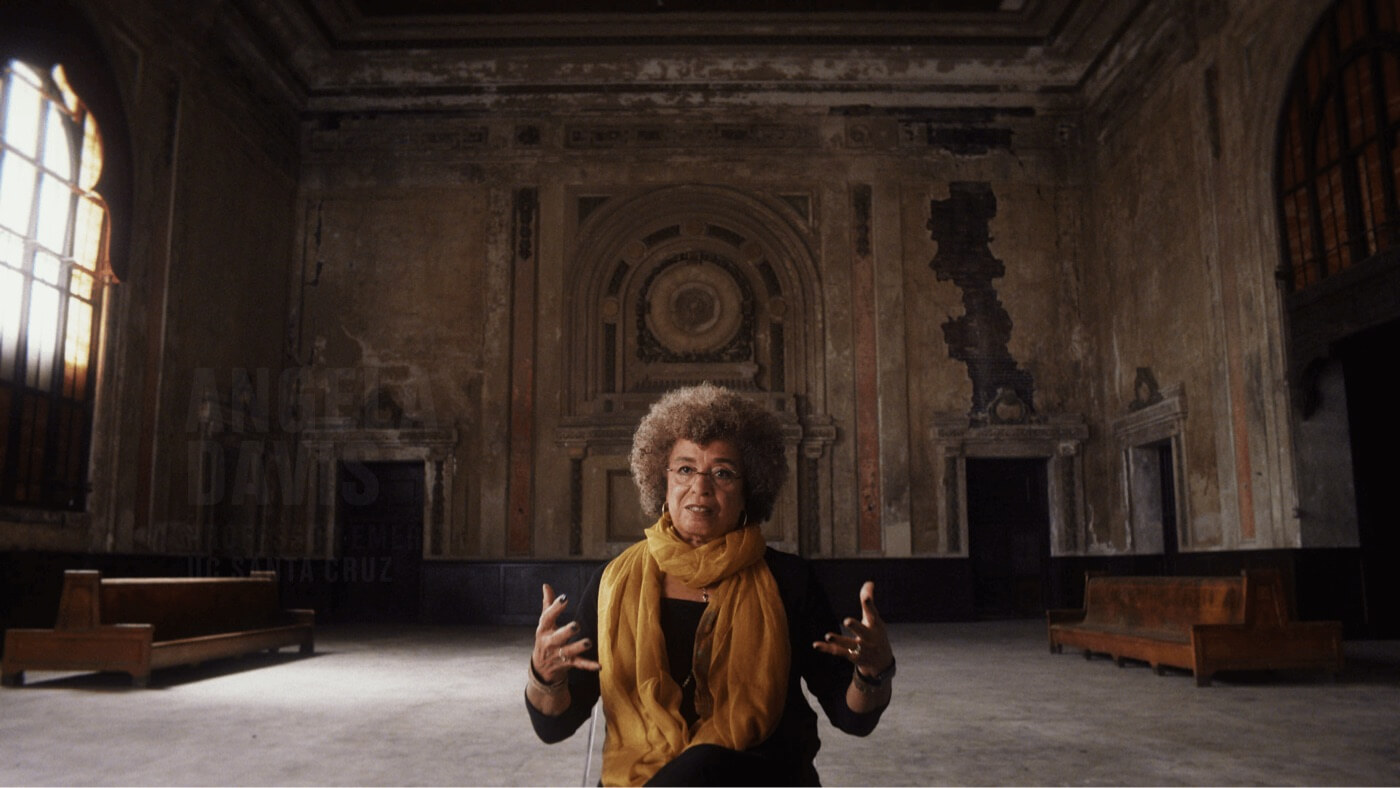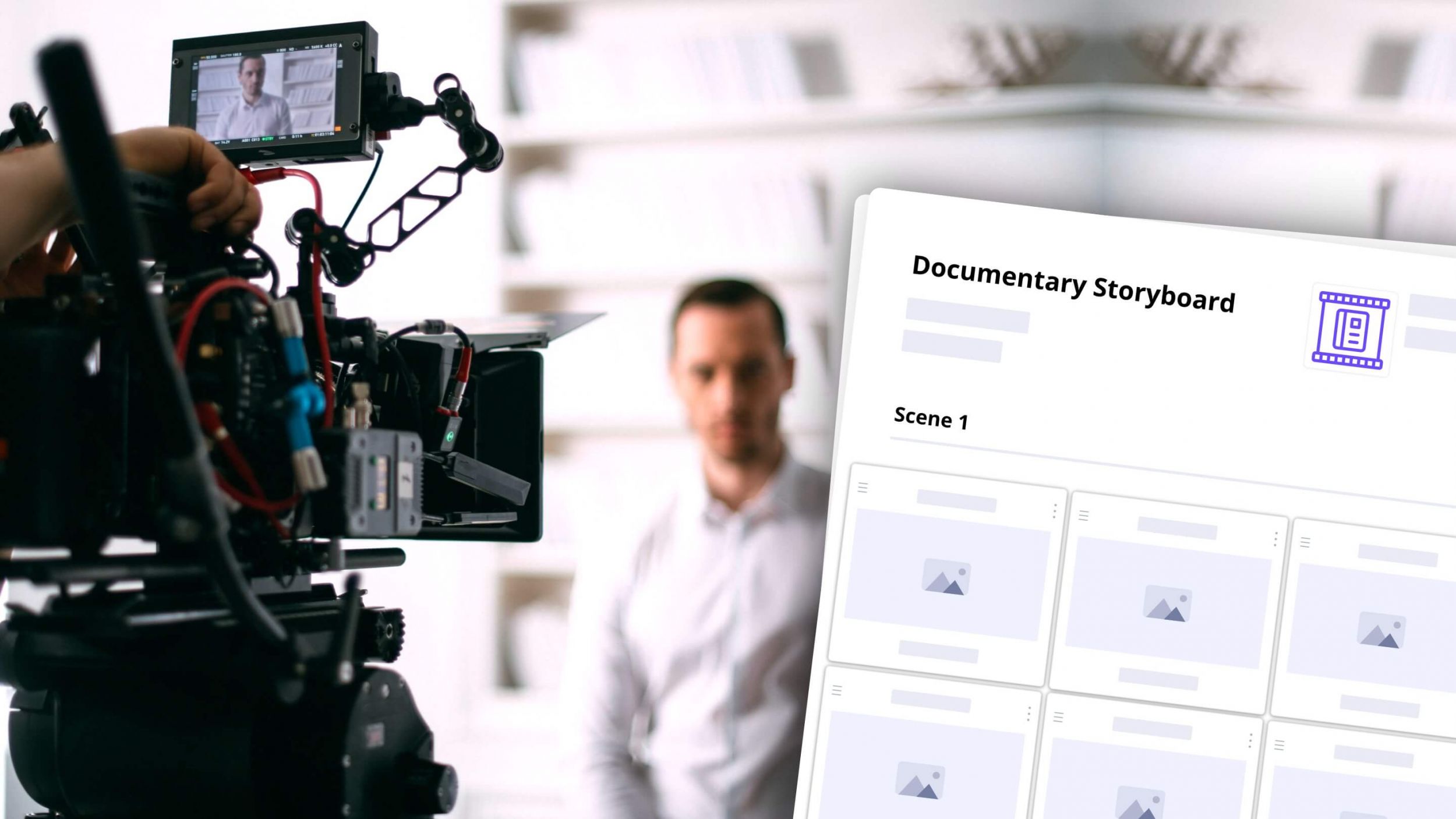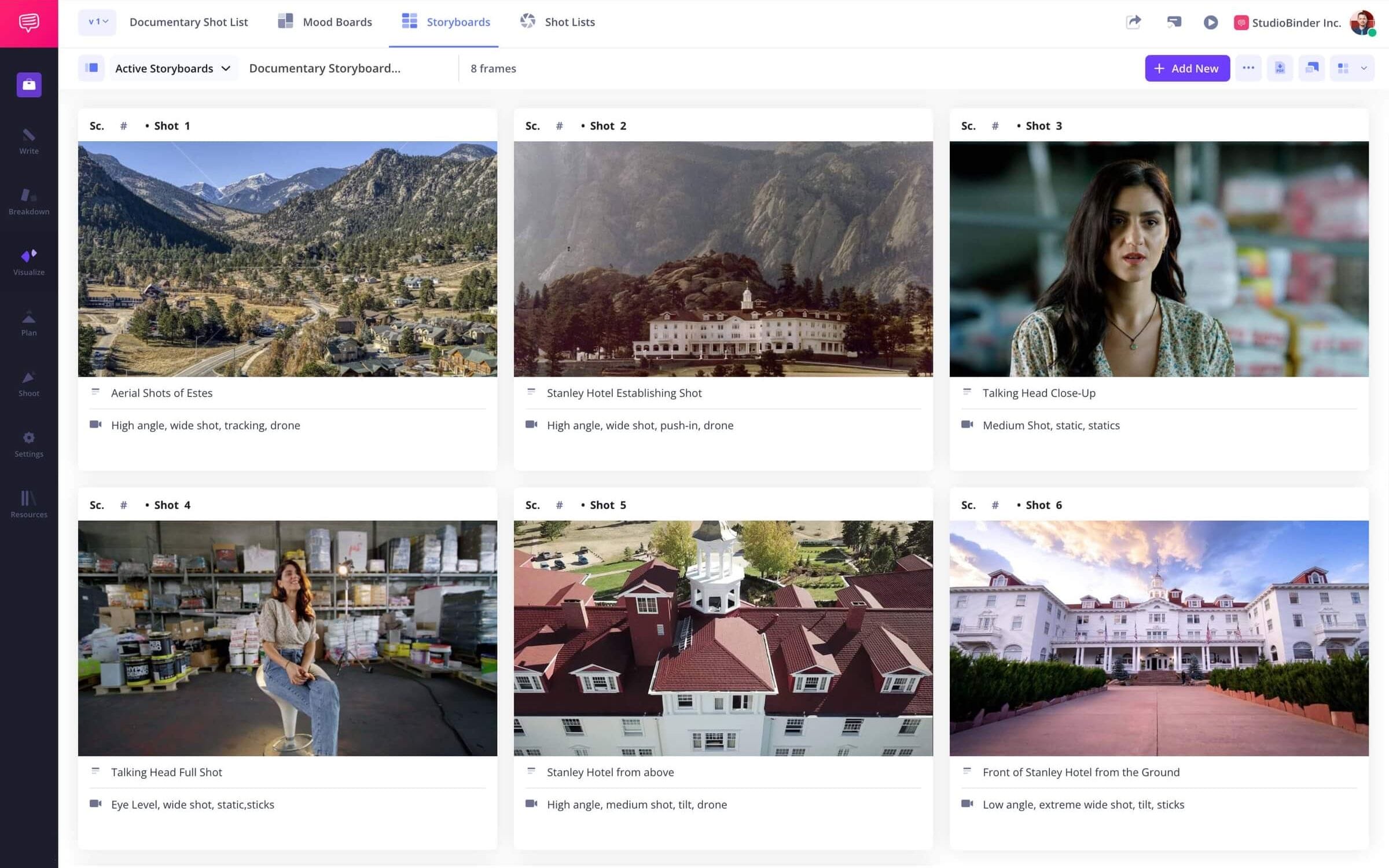Shooting documentaries can be incredibly spontaneous. However, this does not mean that they do not require preparation to shoot. Creating a storyboard for a documentary is a great idea for various reasons. The process of storyboarding can help you curate the visual tone, style, and story of your documentary. In this article, we’ll dive into the reasons why storyboarding a documentary is a good idea and how to create a documentary storyboard for your project.
How to Create a Documentary Storyboard
Create a shot list
Before you sketch out and shot or create any visual panels, it’s critical to have a shot list. A shot list is a list of every shot you have in a film including the characteristics of each shot. These characteristics can be shot types, shot description, types of lenses, and even types of camera movement.
Shot listing is made even easier by using StudioBinder’s intuitive shot listing app. You can easily choose spec fields, rearrange your shot list, and share it online with your production. Check out our video breakdown on the importance of a shot list in the video below.
How Shot Lists Can Improve Your Storytelling • Subscribe on YouTube
Even when shooting a documentary where shots are often unplanned, having a shot list is important for your “must-have” shots. These shots can be interview shots, establishing shots, event shots, etc.
A shot list will help you refine your ideas and act as a blueprint for your storyboard. Once your shot list is finished, it’s time to create a visual map for your shot list on a storyboard.
Documentary Storyboard Template
Choose your software
Storyboarding by hand can be an easy, simple way to storyboard. But you will undoubtedly come across some problems when shots need to be rearranged, removed, or replaced.
Using a storyboarding software will make creating your storyboard more efficient and result in a more effective documentary storyboard.
Software like Boords or StudioBinder’s free storyboarding app make the process simple and easy. If you created your shot list in StudioBinder, you can simply add visual panels with a click of a button — even simpler than a documentary storyboard template found online.
StudioBinder Documentary storyboard template • Subscribe on YouTube
Once you’ve created your storyboard within StudioBinder you can upload visuals to the panels. These visuals can be sketches, photographs, or inspirational stills from other documentaries.
Because documentary shots vary greatly from narrative film, it's important to keep in mind the types of shots you should storyboard. Here are a few fundamental types of documentary shots to consider storyboarding.
Related Posts
How to Create a Documentary Storyboard
Storyboard interviews
More often than not, documentaries are written through interviews. Interviews often serve as the foundation to a documentary’s story as filmmakers refine and refine the film.
In the past, interviews were rather generic, often shot with a standard three-point-lighting setup framing the subject with the rule of thirds.
Although this can still work, great documentary filmmakers today find ways to reflect the interviewee through the framing, lighting and location of the interview. For example, pressing an interviewee toward the edge of the frame can create an uncomfortable feeling in the audience that adds to a suspenseful crime documentary.

Interview from Fear City: New York vs The Mafia • Storyboard documentary
When you’re filming at a specific location that is important to showcase in an interview (as is the case in historical documentaries), wide shots taken with a wide angle lens can be underscored in your documentary storyboard.

Interview still from 13th • How to storyboard a documentary
Interviews do not always have to be so conventional. Getting creative with your interview shots is as simple as being intentional with your framing, camera movement, and lens choice. In StudioBinder, you can simply select the fields that are important to your shots and select each shot’s characteristics.

Select Shot Fields in StudioBinder
Of course, interviews are only one component of a documentary. If documentaries were solely talking heads, people would check out very quickly. This is why it’s important to plan out the b-roll you will be shooting and ensure it is visually engaging.
Related Posts
How to Create a Documentary Storyboard
Storyboard B-roll
The first step to properly storyboarding B-roll is to visit the specific locations you will be shooting at. Then, approach your storyboard with this location in mind. Get creative with the various ways you can shoot this location and storyboard your ideas.
To give you a better idea of how to create a documentary storyboard, we created an example storyboard of a simple, but specific location — The Stanley Hotel. The Stanley Hotel is an infamously haunted hotel that served as the inspiration of Stephen King’s The Shining which was adapted by Stanley Kubrick. Click the link below to see how we would storyboard B-roll shots for a documentary on The Stanley Hotel.
Documentary storyboard example
Not all B-roll in your documentary will be planned, shot listed, or storyboarded. But going through the process of storyboarding the B-roll shots in your documentary will help you curate a more distinct and intentional visual tone that will effectively tell your film’s story.
How to Create a Documentary Storyboard Found Footage
Storyboard historical footage
Not all shots on your storyboard have to be shots that you will shoot. They can be shots that already exist from historical footage. You might be wondering “Why storyboard shots that already exist?” While it’s not necessary, storyboarding the historical footage in your documentary will help you get a better grasp of how it will fit in between your shots.
Storyboarding historical footage may inform you on how to shoot your B-roll as well. For example, if you have historical footage of the The Stanley Hotel being built, the shot may inform you on how to shoot the hotel as it stands today.
Remember, storyboarding is a tool that is meant to make your film better. As it pertains to documentary filmmaking, storyboards can be a tool to visualize and refine your approach to shooting your documentary.
Your documentary will likely not end up being exactly the same frame by frame sequence as your storyboard. But the process of creating a documentary storyboard can help you tell a better visual documentary.
Related Posts
Up Next
How to Make a Documentary
Creating a documentary can be a daunting task. While storyboarding helps, it is only one component of the filmmaking process. In our next article all the components of documentary filmmaking from creating a treatment to editing.
Up Next: Making Docs →
Share your vision with elegant shot lists and storyboards.
Create robust and customizable shot lists. Upload images to make storyboards and slideshows.

